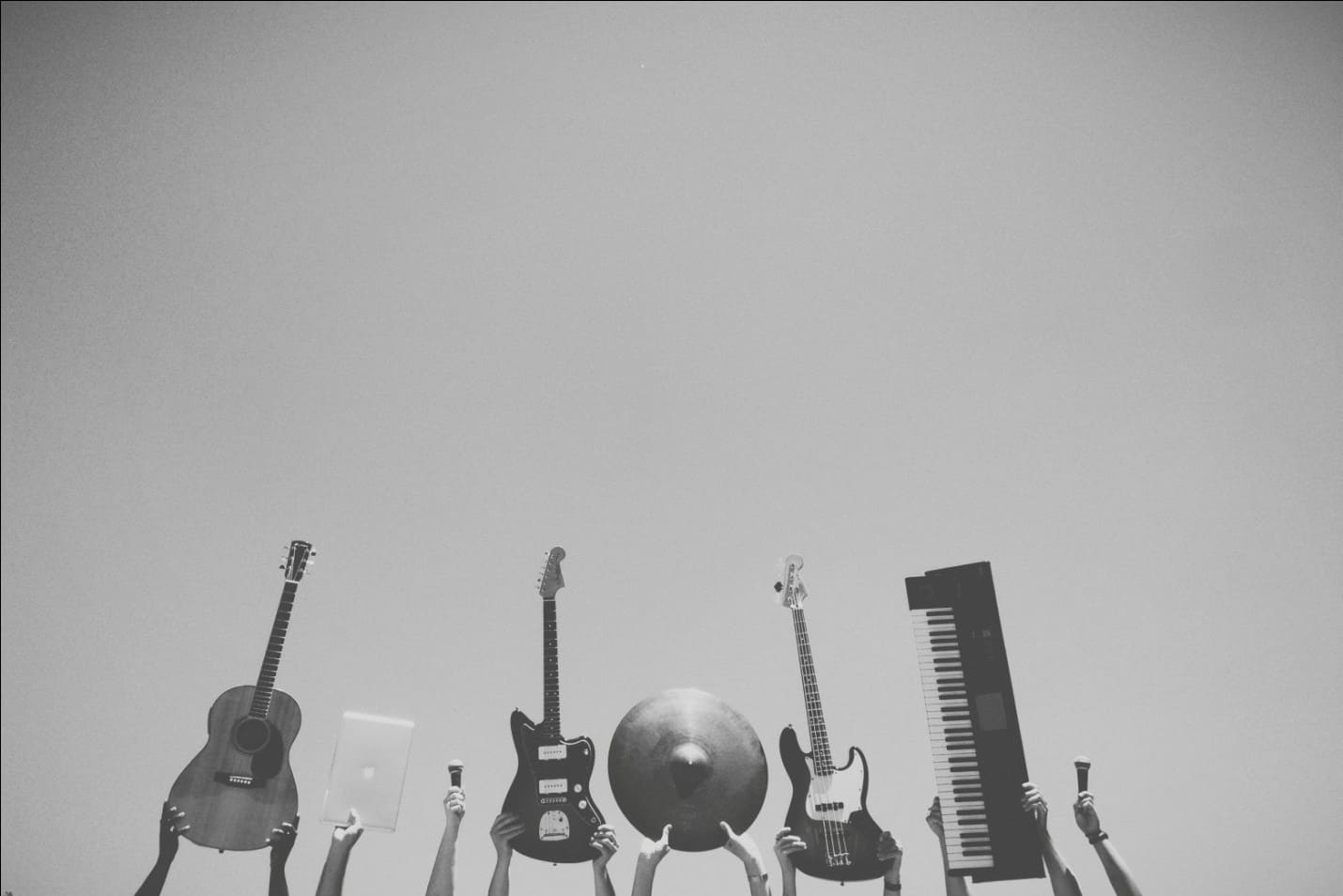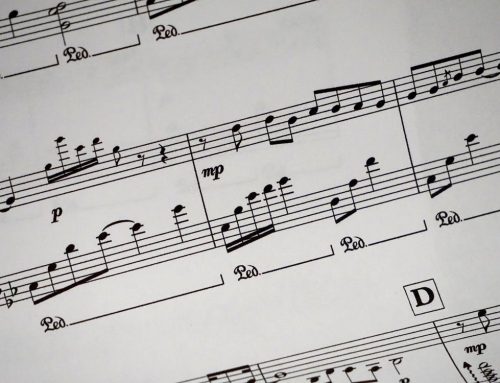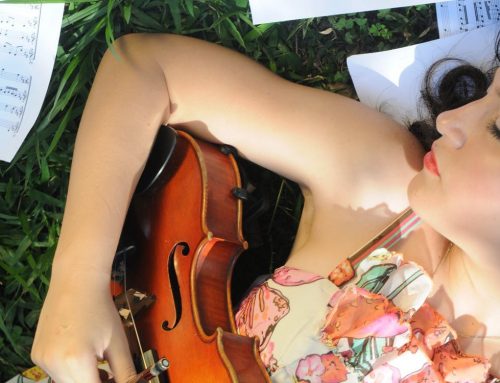We’re taking a wild guess here but it’s highly probable that music existed amongst our species way before we even learnt how to speak proper words. After all, archaeologists have found ancient flutes that were developed by our ancestors using stones and animal bones. So what kind of music did they like? Were there any other instruments they played? If you’ve got questions about music in the old ages, here’s a brief history of music to help you find some answers!
The Middle Ages
Music’s medieval age began somewhere in 500AD and lasted until the middle half of the 15th century. Given the influence of the Church back then, most music was an art form common to cathedrals and monasteries, played to revere kings and queens. But this is also the first time when music reaches out to the general public as a means of celebrating culture and tradition. Musical notation is formed first in this era.
The Renaissance
The Renaissance spanned approximately from 1450 to 1600. Considered the golden era of music, this is where new instruments begin developing. Experimentation with music is high and composers begin producing complex music notation that reflects their journeys and voyages from beyond. Composers got creative with dissonances and modes in instrumental music.
Baroque Era
Up until the 1760s, the Baroque era produced some of the most famous music composers in Western history. This is the time when Vivaldi composed the “Four Seasons” and GF Handel composed “The Messiah.” The development of music and its instruments were greatly influenced by composers from France, Italy, England and Germany. Concertos flourished during the Baroque period and you’ll be interested to know that this was when the violin was first created. Vocals were still a rarity in the public sphere although Opera singing was starting to catch momentum. This led to the fine-tuning of the major and minor key modes that gave composers the chance to create incredibly complex notations.
Classical Era
The German empire is a creative powerhouse and Wolfgang Mozart and Joseph Haydn’s compositions dominate the world of music here. A major development in the Classical period is the creation of the piano. The two famed composers produced many of their best works on the piano, leading to the introduction of a String Quartet.
Romantic Era
One man single-handedly shaped music in this era and that’s Beethoven. One of the most famous composers of his time, Beethoven’s Sonata redefined the forms of concertos, string quartets and symphonies. In this vein, there was an improvement in the range and auditory quality of numerous instruments—giving composers the tools to produce emotional sounds unlike ever before.
Modern Era
Music in the 20th century came with more room for creativity and birthed genre based compositions. Jazz was perhaps the most popular musical style of this era. This is also the time where musical instruments were first seen in their electronic form.
We’ve come a long way in our love and appreciation for music. Who knew there would come a time when we could compose music on convenient music notation software!
With Music Jotter you can scrub your audio, enter texts and tuplets and edit music—all with one tool! Grab hold of our notation software here.






